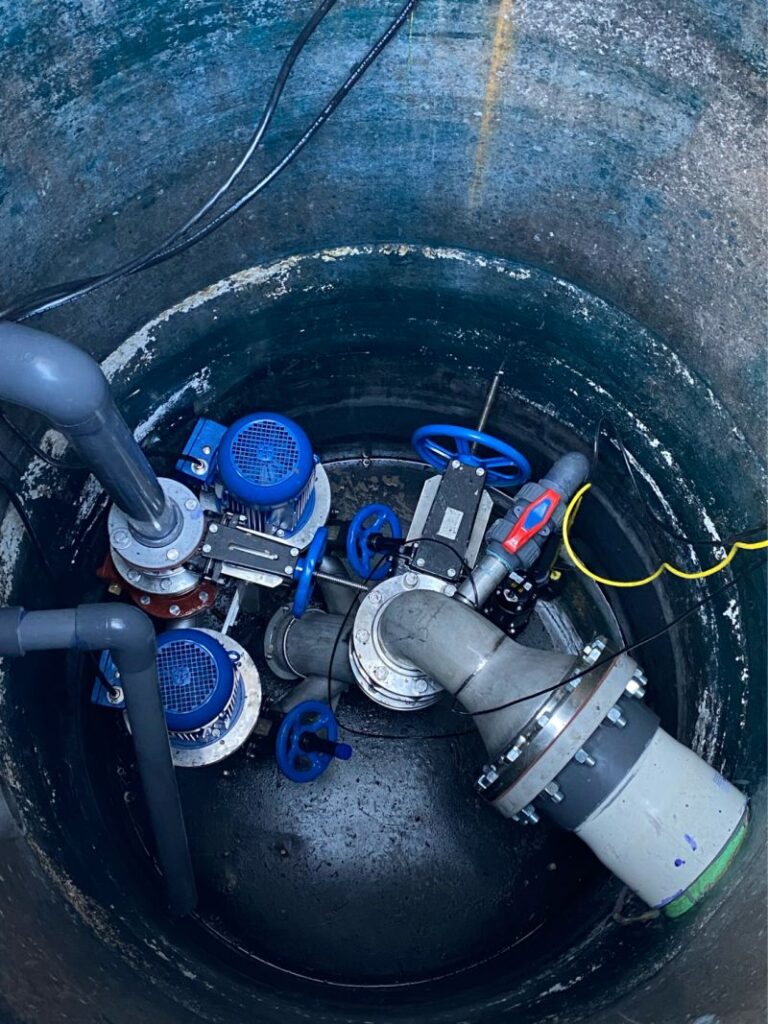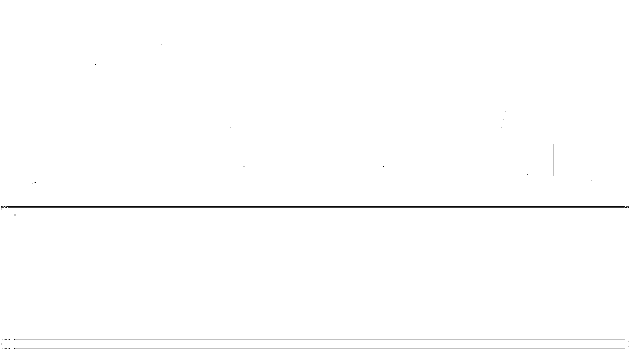Recently I attended a wastewater seminar where a common theme was wet wipes and modern “flushable” fabrics. Through modern technology our lives have been enhanced with the introduction of more absorbent fabrics, tougher, more tear resistant rags, and other non-biodegradable plastics. These enhancements have demonstrated to us how our old and antiquated sewer systems were not meant to handle these types of materials and the need to upgrade our sewer handling systems.
Most of our New England sewer systems are nearly 150 years old, where underground networks may contain wooden piping or old clay pipe, designed for handling more biodegradable materials. The advancement of our textiles have made everyday living a comfort however, new construction and upgrades to these underground networks for moving wastewater has not benefited from the same enhancements as the materials found in that wastewater.
Every collection network or sewer system will use pump stations to assist in moving the wastewater from low lying areas, up and over hills, and out to the wastewater treatment plant. These pump stations are critical components to the sewer system. Unfortunately, advancement in pump technology has not kept up with modern day flushable materials. Grinder Pumps cannot grind today’s synthetic materials thoroughly enough to push these materials through the sewage system. Cutter/slicer pumps dull and fail frequently, and unreliable pump operation is not due to antiquated pumps but rather the handling of today’s solids.
Standard sewer system pump design includes a large storage network or wet well where submersible pumps are placed and pump the wastewater up and out to the desired location. This design has remained steadfast for the past 150 years, which prior to the creation of synthetic wipes, more durable rags, and absorbent materials, has worked.
Wastewater operators and designers are beginning to see small advancements in wastewater technology that handle SOLIDS and those flushable synthetics more effectively. One technology that is gaining attention in the industry is Overwatch, Direct In-Line Pump System. Overwatch is a solid handling system that introduces flow matching, torque monitoring, and shredding function into one packaged pump system.
Flow matching or as I like to think “water in – water out”, is based on the function of pressure, as your collection network pressure and flow increases, your pump speed increases to match that out flow.
Torque monitoring measures multiple points to assess the motors performance and with programmed set points can determine when the impeller is beginning to work harder to deal with some fancy new solid.
Shredding is called upon when one motor (primary pump) senses an out of tolerance torque. The secondary pump is called “on” to maintain the system’s flow matching, while the lead pump is stopped, and reversed to shred the material. When shredding is completed the lead pump will resume pumping and become the lead pump, while the standby pump cycles off.

This new pump technology is what wastewater operators and designers have been waiting for. Designers can build collection networks without expensive and unreliable wet wells and Operators will have pumps that require less maintenance and provide more reliability. Overwatch Direct In- Line Pump Systems are the most innovative product for handling sewer water on the market today.
Edward Nickerson – Product Manager for Overwatch with Gustavo Preston Company.
